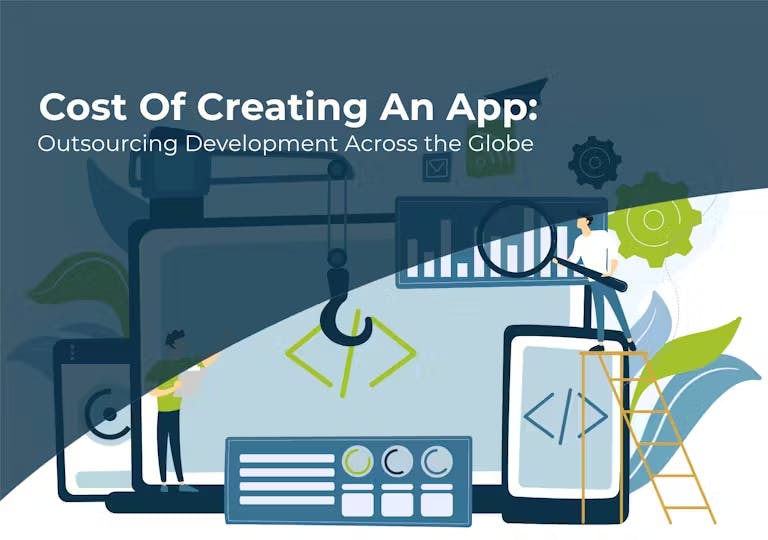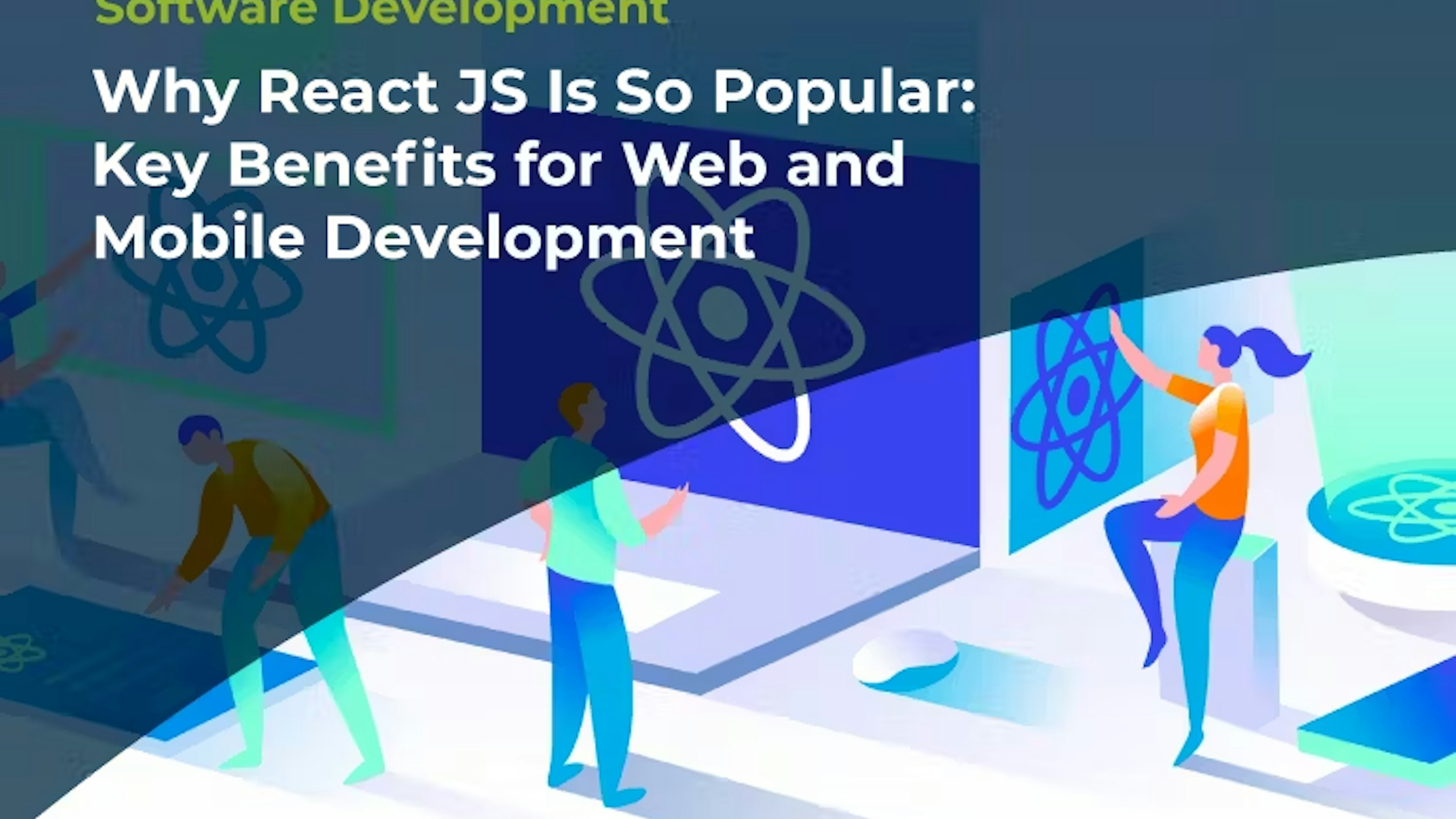Tips on How to Determine the Cost of Creating Your App


Around 66% of software projects fail, as found in the 2020 CHAOS report by The Standish Group. When only 1 in 3 digital products make it, you want to be completely sure you’ve covered all your bases.
It makes sense to start with the basics: funding. Software development costs can be among the biggest challenges for innovators and entrepreneurs. Estimate your budget accurately here, then find the resources you need to get your project moving.
To find the approximate cost to build a mobile app or program, follow this basic equation:
(Features x Time) x Hourly Rate = Total Cost
If you’re outsourcing or augmenting your staff, divide the flat rate for the whole project by the number of hours your team is scheduled for in order to get their hourly rate. Remember that different regions around the world have different price ranges too. Developer costs are listed below by area (as found with SofterMii):
- U.S., Australia, & New Zealand = $100 to $175 an hour
- Western Europe = $65 to $100 an hour
- Eastern Europe = $40 to $60 an hour
- Latin America = $20 to $50 an hour
- Africa = $20 to $45 an hour
- Asia = $15 to $25 an hour
Simpler ways to refer to these are nearshore, offshore, and onshore services. Nearshore means the services are located in a nearby country for easier time zone management, among other benefits. Offshore means the services are farther abroad for lower taxes or costs at the expense of easier collaboration. Onshore means the services are based in the same country as the company ordering those services, with higher costs but easy scheduling.
Read: Are Silicon Valley Developers Truly Better Than The Rest Of The World?
How to Budget for Continuous Development
Less heavily discussed, the costs of scaling an app and aligning to users’ demand should definitely be factored into your estimated app development prices. An effective way to gauge this is to calculate 50 to 60% of your monthly MVP development costs. You might be wondering which crucial features and functionality you’ll want to add to your MVP as development continues for the final product. Let’s review them here:
Continuous updating:
As users keep sharing feedback and technology evolves overall, you’ll want to make sure your program responds to both. Outdated software gets replaced, and users that feel unheard will move on. Taking care of these two concerns will help with user experience and retention.
Create feedback loops:
When developing an MVP, a lot of businesses fail because they build an app the way they want it to be. By giving users a chance to send you regular feedback, you give them a chance to let you know what they want it to be. Ultimately, this is what the MVP is all about. You take out the features they don’t like and add more of what they do. Having reliable development teams on-hand means they’ll be in place to enact these changes. On top of that, they can analyze performance, identify weak spots, and modify the program to improve it.
Prioritizing key features and functionality:
When a user comes forward with a problem, you want to give timely, helpful support. A qualified team of IT experts will make that possible. You have the flexibility and skill sets to tackle your most important features and functions that keep users happy with your app as a resource.
3 Ongoing Costs of Software Development
Firstly, it’s important to mention that a reliable, proven outsourcing partner won’t surprise you with fees. But there are costs that project managers and executives sometimes overlook in the excitement of creating an app and development planning. Here are a few to remember while you’re getting ready for your app idea:
- Infrastructure costs: Servers take money and staff to maintain, so if your app relies on them for cloud computing or other services, you need to add in this recurring cost.
- Talent salary: World-class staff needs to be compensated for their skills. You can save money and have salaries factored in with outsourcing, but if not, don’t forget this step.
- Third-party integrations: When features go through a third party, like SMS or payment gateways, you need to plan for those operating costs.
What to Look for in a Software Development Partner

Who you partner with for development outsourcing is a big decision. Are they aligned to your time zone? What about your company mission statement? When and where will you communicate with them (email, video calls, etc.), and how often? Who else have they worked for? How did previous clients feel about their work? What will your partnership with them look like?
Look for case studies, testimonials, and a Net Promoter Score (NPS) that’s above the industry average. Find service pages on their website that outline the methods and techniques they use to work with their clients. The more of these questions you can answer without having to ask your prospective development partner directly, the better. This shows that they want to equip you to make an educated decision as their top priority!
You’ll likely end up filling out a form, of course. But giving you the chance to consider their business on your terms is a sign of confidence in their service and respect for your time. When you’re ready, they’ll be there. Once you talk with them, be sure to explain your vision for the project and ask for their industry insights. You want someone who not only understands the technical aspects of your product, but has the experience and skills to enhance it.
For scalability and flexibility, look for a company that does more than strictly software development. If you want to add AI functionality to your app, as an example, they should be able to do that. You don’t want to be limited by what your outsourcing partner can’t do.
Devsu FAQ: How to Develop a Mobile App
Whether you’re the project manager or on the development team, this handy guide can help you figure out the resources and talent you’ll need to design mobile applications. From industry lingo to different app types, you can find all the fundamentals here to get you started estimating the cost to build your mobile app and more.
- Do App Stores Have Specific Requirements?
Yes, Apple vs. Android (Google) stores have standards that each app has to meet. Apps that haven’t been updated in years will be removed. Meanwhile, Android’s target API level determines which apps will be available for search and download based on the user’s device. In layman’s terms, if your app isn’t compatible with the last two years of Android OS releases, it’s going to be hidden from the users who can’t use it–and this timeframe will move to keep up with Android OS updates.
Some details are less technical, such as app title character limits. Read the App Store guidelines and Google Play Store guidelines if you want to know everything, or make sure you hire OS-focused development teams with this expertise.
2. What Are Native Apps vs. Hybrid Apps?
The simple version of this comparison is that native apps will be OS-specific for Apple or Android apps, while hybrid apps will work on either device OS. Certain features are more easily developed with native apps, such as push notifications. The biggest perks of hybrid apps are the time and cost savings. Rather than starting from scratch with native apps for each OS, you can have one hybrid app that works in Android and iOS using frameworks like React Native or Flutter. The main drawback here is that hybrid apps can’t always take advantage of all the features of a native app, but the industry is also making strides to close this gap.
We have a full native vs. hybrid apps guide that reviews these details more thoroughly and helps you choose the right approach for your project.
3. How Much Do Different Apps Cost?
Basic apps ($10-15k):
Checklists, clocks, and simple games would fall under this category. They’re not typically in high demand, since there are already a lot of options on the market. Simple features make them easy to remake as native apps, but it’s not usually worth the investment.
Data-driven apps ($15-20k):
You’re looking at weather, calendar, and map apps with this type of mobile development project. It’s another competitive corner of app stores. You need geolocation, real-time data, and notification options (to name a few). Some bells and whistles include the option to share a trip or events, visual elements that change with the weather, etc.
Personalized apps ($40-80k):
These typically have user authentication requirements, like logging into dedicated ordering or loyalty program apps. Because these are company-specific, they’re generally worth the investment. Your returning customers are following your brand, and an app helps them do that better.
Marketplace apps ($60-300k):
Think Amazon, eBay, and other e-commerce apps. These call for a lot of UI/UX work to encourage sales, inter-app compatibility to share product links, the ability to leave reviews, payment processing, order tracking and support, and client vs. seller portals. You absolutely get what you pay for here.
Social media apps ($60-300k):
We all know these! Pinterest, Facebook, TikTok–and the list goes on. They come with a big price tag, but there’s a good reason for it. Social networks involve making friends, blocking people, filtering searches, suggesting connections, and more. UX and UI are the be-all and end-all here, but you can’t cut corners anywhere.
On-demand apps ($80-150k):
DoorDash or Lyft are good examples of this type of app. The user needs a service, and they need it now. For your part, you need to factor in real-time ETAs for delivery or a driver’s arrival, plus present different product options to users. Accurate map displays with geolocation are a must too!
Resource apps ($150-300k):
We’re talking about Yelp, TripAdvisor, and similar apps. These are part forum, part review app, and part e-commerce. Because they’re a little of everything, you’re going to pay for a wide range of services and features. Clients and marketers need to pay for exclusive services or running ads, while free users need to leave detailed reviews.
How can outsourcing speed up your App Development?
You can tell by now that outsourcing can save you money, since you aren’t paying for a salary or employee insurance like you would with a standard hire. But did you know it can do even more for you? A flexible team of pre-vetted experts lets you scale your staff to meet project demands in a fraction of the time–reducing the cost of creating an app in the process.
Traditional hiring takes 36 days on average, according to the Society for Human Resource Management. Outsourcing takes just 14 days to put your whole team together by comparison! All while cutting back on operational risks, since employee turnover isn’t a problem when you’ve got an outsourcing partner. This many benefits with a right-fit team built specifically for your project means you have exactly what you need to go to market right on time. Contact Devsu today to go over your project vision and make it a reality with our professionals.
Subscribe to our newsletter for regular updates, or follow us on social media for a steady stream of expert tips on software development and digital entrepreneurship!
Subscribe to our newsletter
Stay informed with the latest insights and trends in the industry
You may also like


